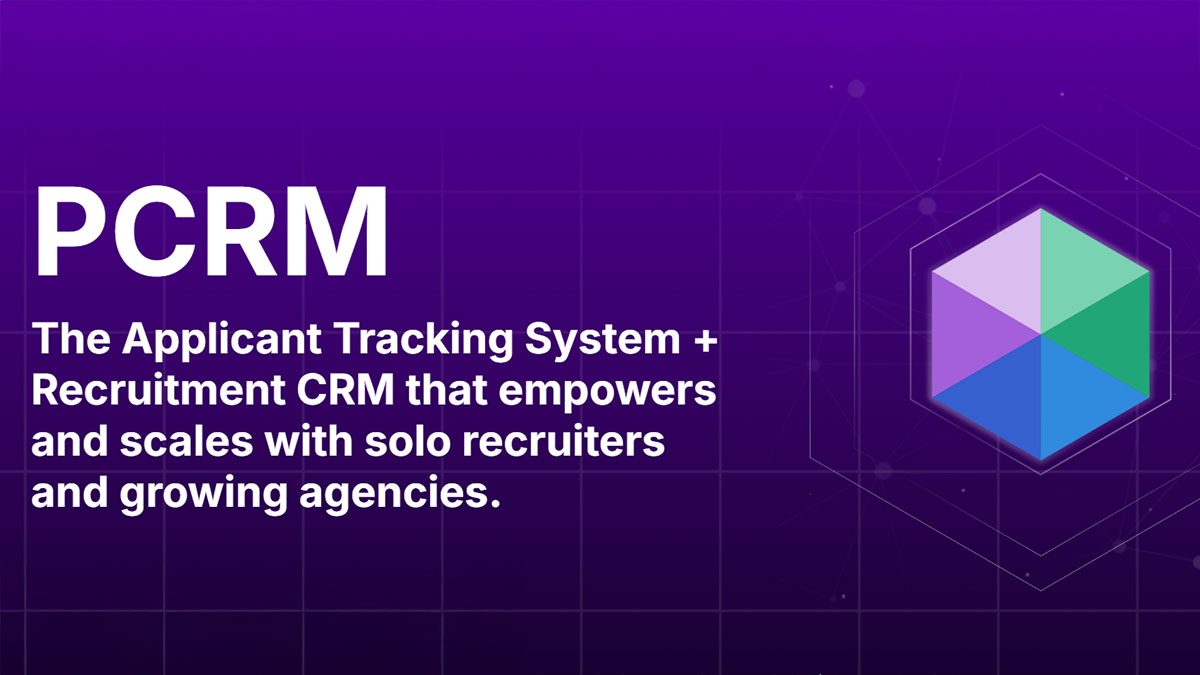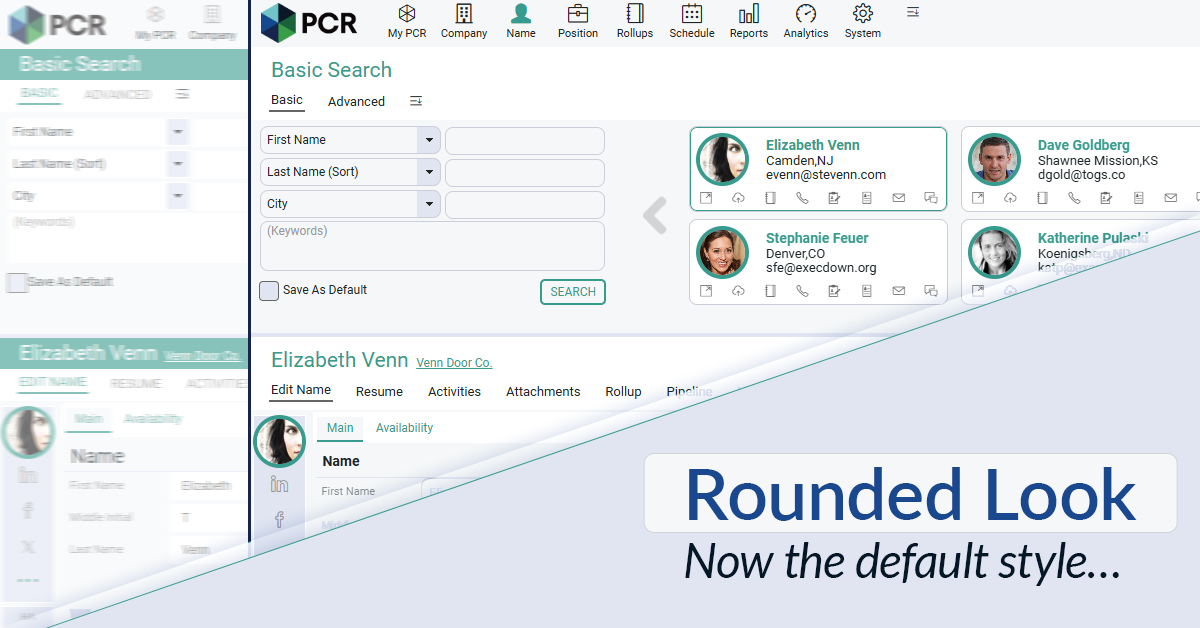Have you ever misplaced a record? It’s very difficult to permanently erase information from PCRecruiter unintentionally, so usually a record that seems to be gone is simply not where you’re looking for it. This week’s Two Minute Tuesday looks at some techniques for locating these ‘lost’ contact records.
If you have any comments or suggestions for something we can explain in about two minutes, send an email to twominutetuesday@mainsequence.net
We’re back with a fresh Two Minute Tuesday, Main Sequence’s series of short videos with tips, tricks, and tutorials to help make you a more powerful PCRecruiter user.
There are few things more confounding than trying to find a record you know should be there, but it just isn’t. In this week’s edition, we’re going to look at ways to find a seemingly lost contact. In almost all cases, the record is still there. You just have to know where to look.
If you think the record may have been deleted, the first place to check is the Recycling Bin. In older versions of PCR, this was on the MyPCR screen, but in PCR 9 you’ll find it at the bottom of the System menu.
When you delete records in PCR, they aren’t actually erased – they’re simply removed from the searching indexes, compressed to save space, and sent to this Recycling Bin. If you do see the missing record here, you can use the ‘Restore’ link to send it back to where it came from. You’ll only see your own deleted items, but admin users can use the pulldown to get to records deleted by anyone at all. If you do want to permanently delete one or more items, you can check the boxes at the left, and use the ‘Remove’ button.
If the person we were looking for doesn’t seem to be in here, it’s likely that he’s still in the database, but some or all of the data on his record has been somehow replaced, making him harder to locate.
Let’s say we were searching for the candidate by name and he didn’t come up. Perhaps someone has changed the first name from Bobby to Robert, so we’ll try searching for him by email address instead. Unfortunately, that’s not finding him either.
If we can’t locate him by his fields, we might be able to find him by his keywords. If his name and email fields were both altered, but his resume or profile is still attached to the record, then a keyword search for his name or other identifying data in those documents may bring up whatever record those items are attached to. We’re going to wrap the name in quotes so we find only occurrences of the first and last name together in that order.
But what if this is a client or some other contact that has no resume? That’s where the Activity text search box can come in handy. We’ll click ‘Activities’ in the main menu, choose a likely date range for some interaction with that contact, and enter the name into the ‘Text Search’ box.
Here he is! It looks like these activities are attached to someone with a different name. Let’s find out why. From the navigation menu on the Name record, we’re going to choose the ‘Change Log’. This area lists all major alterations made to this record, with date, time, username, and the original value. Aha. Here we can see that another user replaced all of Bobby’s info with someone else’s a few days ago. Now we just need to make a new record for this other person’s info, and put Bobby’s data back the way it was.
Of course, if none of these methods pan out, you can always check out the Snapshot backup from the previous day, or get in touch with Main Sequence support about restoring from an earlier archive.
For more Two Minute Tuesdays, subscribe to this YouTube channel, follow us on Facebook, LinkedIn, or Twitter, join the PCRecruiter LinkedIn users group, and watch our blog posts on your PCR login screen. If you have any topics or suggestions for future Two Minute Tuesdays, send an email to twominutetuesday@mainsequence.net.

PCRM — the CRM and Recruitment ATS hybrid built specifically to empower and scale with solo recruiters and growing agencies — is now available.
Read more
Recruitment professionals are facing a new challenge in today’s digital landscape: scammers posing as legitimate recruiters. These scammers are increasingly targeting remote work job seekers, causing some candidates to become wary of all recruitment outreach.
Read more
The Rounded Look for inputs and navigation elements has been made the default style throughout PCR. This rounded style can be combined with any of the seven color themes.
Read moreFind out more about who we and what we do.